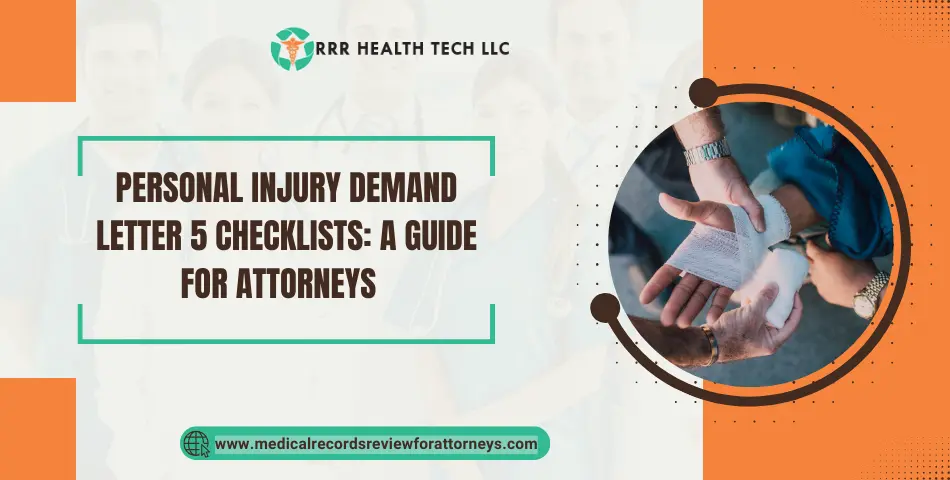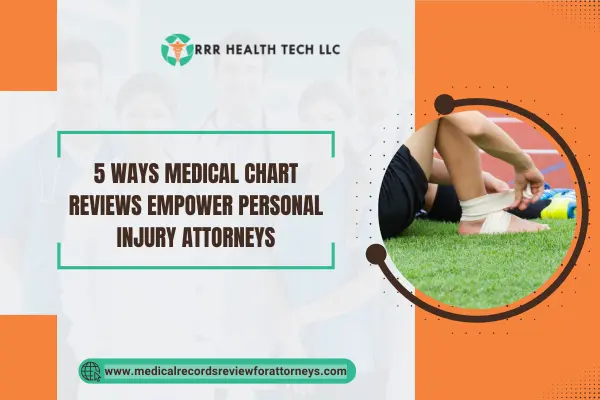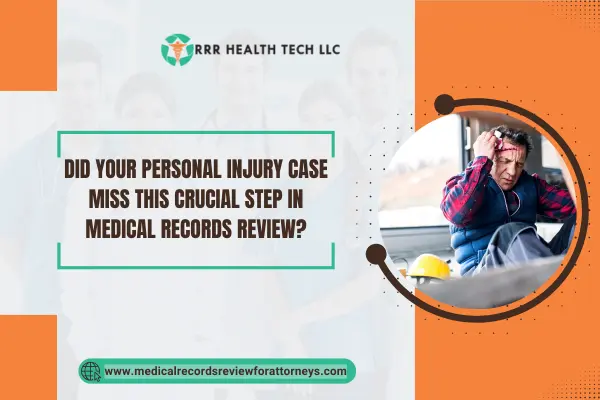
Introduction
An attorney dealing with a personal injury case must be prepared for an intricate and difficult task that will require scrutinizing attention to detail as well as a good comprehension of the legal and medicinal aspects involved.
When making a personal injury claim, the personal injury demand letter is an important document that sets the stage for negotiations and has a significant effect on the outcome of your case.
In this article, we shall look at what is in a personal injury demand letter, why it is important, and offer an inclusive guideline for lawyers on coming up with an effective demand letter.
A Look into Personal Injury
Personal injuries are those resulting from someone else’s negligence or intentional misconduct. They can be psychological, emotional, or physical. Examples include:
- Car accidents: Negligent driving; DUI or distracted driving leading to collision.
- Slip and fall: Injuries due to hazardous conditions on another person’s property.
- Medical malpractice: A medical provider’s failure to provide proper care or his/her negligence hurts.
- Product liability: Hurts caused by faulty products.
- Workplace accidents: These occur while working under unsafe conditions or occurring due to employer negligence while at work.
In such instances, the injured party (plaintiff) sues the guilty party (defendant) for payment of medical bills, loss of earnings, and compensation for pain and suffering among others.
Why Personal Injury Demand Letter Is Important
The plaintiff’s advocate sends this formal document called a demand letter either to the defendant or their insurer to indicate what he/she wants them to pay him/her after they have been hurt by their actions.
It explains all relevant information such as facts regarding the case, the nature of injuries suffered, and the amount claimed in terms of compensation. The following are some key functions served by demand letters:
- Starting Negotiations: It is something that paves the way for settlement talks because it gives starting points of negotiation without much ambiguity.
- Builds Plaintiff’s Case: By providing a detailed account of what happened along with the injury suffered by the plaintiff, a demand letter helps to highlight the strength of one’s case.
- Indicates Commitment: Well-worded demand letters demonstrate that the complainant is serious about their claim and ready to go to court, if need be.
- Keeps Records: If taken for litigation purposes, it is an official statement of what the plaintiff wants in terms of compensation.
A Comprehensive Checklist for Personal Injury Demand Letter
An attorney should write a personal injury demand letter that covers all aspects exhaustively and makes a persuasive argument. To guide you through this process, here is a checklist:
1. Client Information
- Client’s Full Name: Make sure that you include the entire name as per the client’s legal documents.
- Contact Information: Include address, phone number, and email address.
2. Incident Details
- Date and Time: When did this happen? Specify the exact time and date when such events were taking place or are known to have happened.
- Location: Where did it occur? Give every detail concerning where this happened exactly.
- Description: What took place? Explain how it occurred from start to finish together with some background information on the whole incident itself.
3. Liability
- Defendant’s Actions: How did these actions cause injury? The explanation should be clear on how each action or omission by the defendant led to such incidences occurring leading to harm being caused as well as injuries sustained by victims thereof.
- Legal Basis: This will require referring to applicable laws and regulations outlining why there is a liability against the defendant in this matter thus making him/her responsible for plaintiffs’ claims circumstances.
4. Injuries and Damages
Medical Treatment: Describe what medical care has been given so far including initial emergency treatment plus ongoing therapy sessions or any future requirements entailed thereof by patients.
- Medical Records: Attach copies of any necessary medical records, bills, etc.
- Lost Wages: Have you lost any money due to your injury? An example would be the absence of workdays for medical checkups or recovery periods.
Discuss the physical pain, emotional distress, and impact on the quality of life of a client resulting from his/her suffering.
5. Request for Repayment
- Amount: Put down the exact sum of money to be paid out as compensation. A number that is well researched and a reflection of all client’s damages should appear in this place.
- Damage Analysis: Include a comprehensive analysis explaining how the compensation was calculated by breaking it into sections such as medical fees, lost income, and noneconomic values like pain, and suffering.
Conclusion
Drafting a good personal injury demand letter entails adequate preparation, meticulous documentation, and a precise depiction of the facts and damages. Attorneys can make their demand letters comprehensive, and persuasive and establish a foundation for successful negotiations by adhering to this checklist.
An excellently composed personal injury demand letter not only shows that the plaintiff has strong case but also raises the probability of obtaining equitable remuneration without engaging in prolonged legal battles.
Frequently Asked Questions (FAQS)
What is a letter of claim for personal injury demand letters?
When an individual wants to make a formal claim for damages resulting from personal injury, they must send out a letter of claim. In essence, this is an explanation that tells how the injuries were sustained and what caused them.
What is a demand letter for personal items?
Personal Injury Demand Letters are documents made in writing by individuals or entities sent to another party seeking release or return of personal property believed wrongfully held by such other person.
What is a letter of demand for damage?
A demand letter is a letter that you send to someone who damaged your car but has failed to pay money to repair it or buy you another one.


